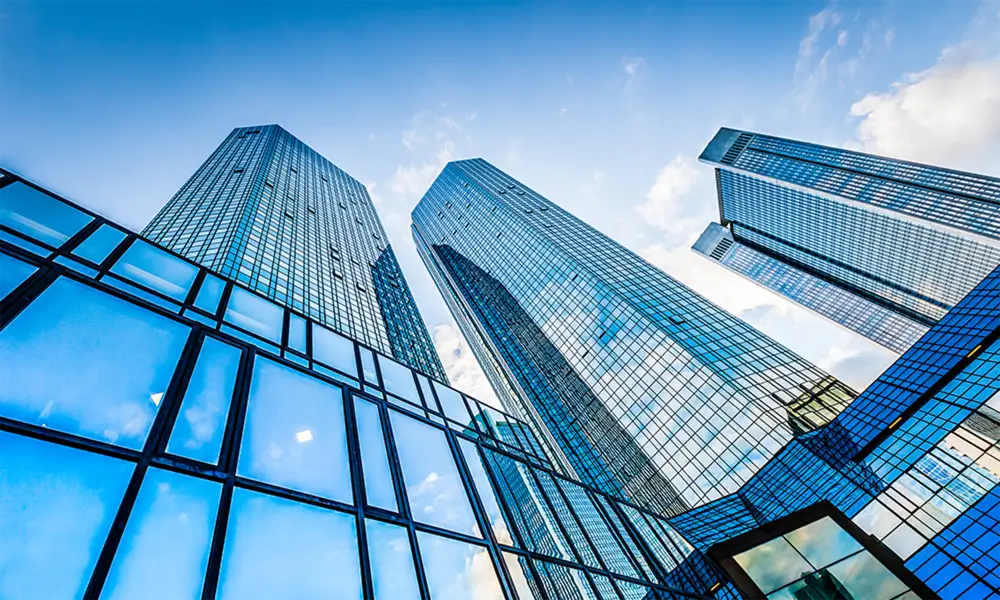

The Wonders of Light Reflecting Glass
In the realm of architectural innovation and design, light reflecting glass stands as a remarkable material that transforms our interaction with natural light. This specialized type of glass not only enhances aesthetics but also improves energy efficiency in buildings, making it a favored choice among architects and designers. The following discussion explores the various aspects of light reflecting glass, including its properties, applications, and benefits.
What is Light Reflecting Glass?
Light reflecting glass, often referred to as reflective glass, features a unique coating that reflects a significant amount of solar energy while allowing visible light to pass through. This dual capability serves to reduce glare, improve thermal performance, and maintain privacy. The reflective coating typically consists of a thin layer of metal oxide that can be applied during the manufacturing process. As a result, the glass can achieve varying levels of reflectivity and transparency, tailored to specific requirements and preferences.
Applications in Architecture
The applications of light reflecting glass in architecture are diverse. In contemporary buildings, it is commonly used in façades, windows, and skylights. Reflective glass not only contributes to the modern aesthetic of structures but also plays a crucial role in managing solar heat gain, which is essential for energy efficiency. For instance, high-rise buildings in urban environments often feature reflective glass to minimize heat absorption while allowing ample natural light into office spaces.
Moreover, one of the most notable uses of light reflecting glass is in the construction of green buildings. Architects increasingly turn to reflective glass to comply with environmental standards and reduce the carbon footprint of their projects. The energy saved through decreased reliance on artificial lighting and reduced air conditioning expenses significantly contributes to a building's overall sustainability.
Energy Efficiency and Sustainability
The energy-saving capabilities of light reflecting glass are particularly significant. By reflecting solar radiation, this glass helps maintain a comfortable indoor climate without excessive reliance on heating and cooling systems. As a result, buildings equipped with reflective glass can achieve lower energy bills and a reduced environmental impact.

In some regions, light reflecting glass can contribute to the LEED (Leadership in Energy and Environmental Design) certification, demonstrating a commitment to sustainability. This certification is increasingly important in a world that prioritizes ecological responsibility and energy efficiency.
Aesthetic Contributions
Beyond its functional advantages, light reflecting glass adds a distinct aesthetic appeal to buildings. The reflective surface creates dynamic visual experiences, shifting with the sun's position and the surrounding environment. This ability to refract light enhances the beauty of structures and allows architects to play with forms, shapes, and colors in new ways.
Furthermore, the use of reflective glass can significantly impact the surrounding landscape. A building designed with light reflecting glass can mirror its environment, creating an illusion of continuity between nature and architecture. This is particularly appealing in urban settings where the interplay between nature and human-made structures is often sought after.
Challenges and Considerations
Despite its numerous benefits, the use of light reflecting glass does come with challenges. One such consideration is the potential for glare, which can affect neighboring properties and pedestrians. Careful planning and site analysis are essential to mitigate these concerns. Moreover, the initial cost of installing reflective glass may be higher than traditional materials, although the long-term savings on energy bills often justify the investment.
Conclusion
Light reflecting glass represents an intersection of beauty, functionality, and sustainability in modern architecture. As we continue to advance our architectural practices towards more energy-conscious methodologies, reflective glass will likely play an increasingly prominent role. Its ability to enhance natural light while minimizing energy use makes it an indispensable material for both contemporary and future building designs. With the ongoing challenges posed by climate change and urbanization, embracing innovative materials like light reflecting glass can pave the way for more sustainable living environments. In this way, light reflecting glass not only reflects light but also reflects our commitment to a brighter, more sustainable future.